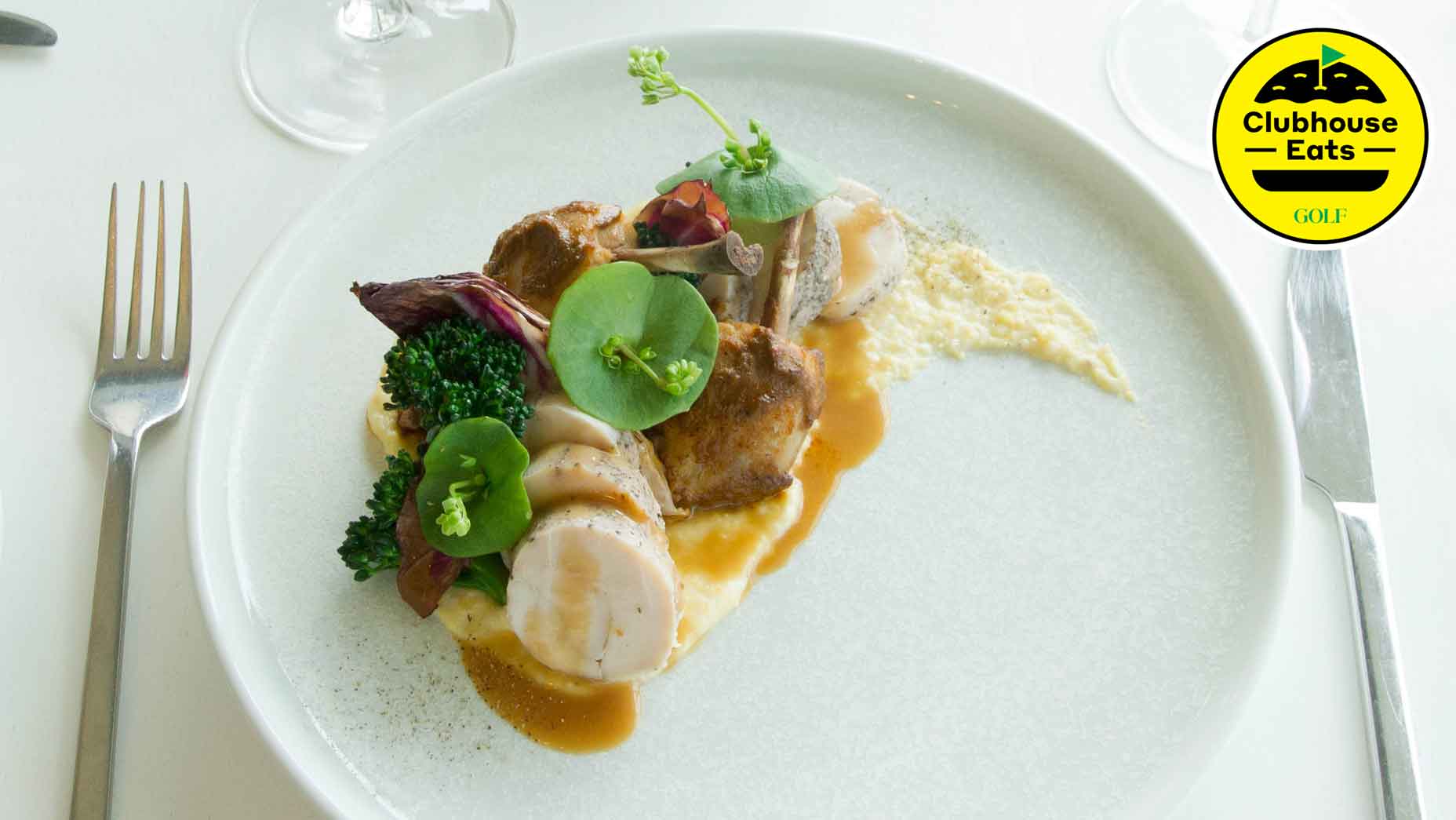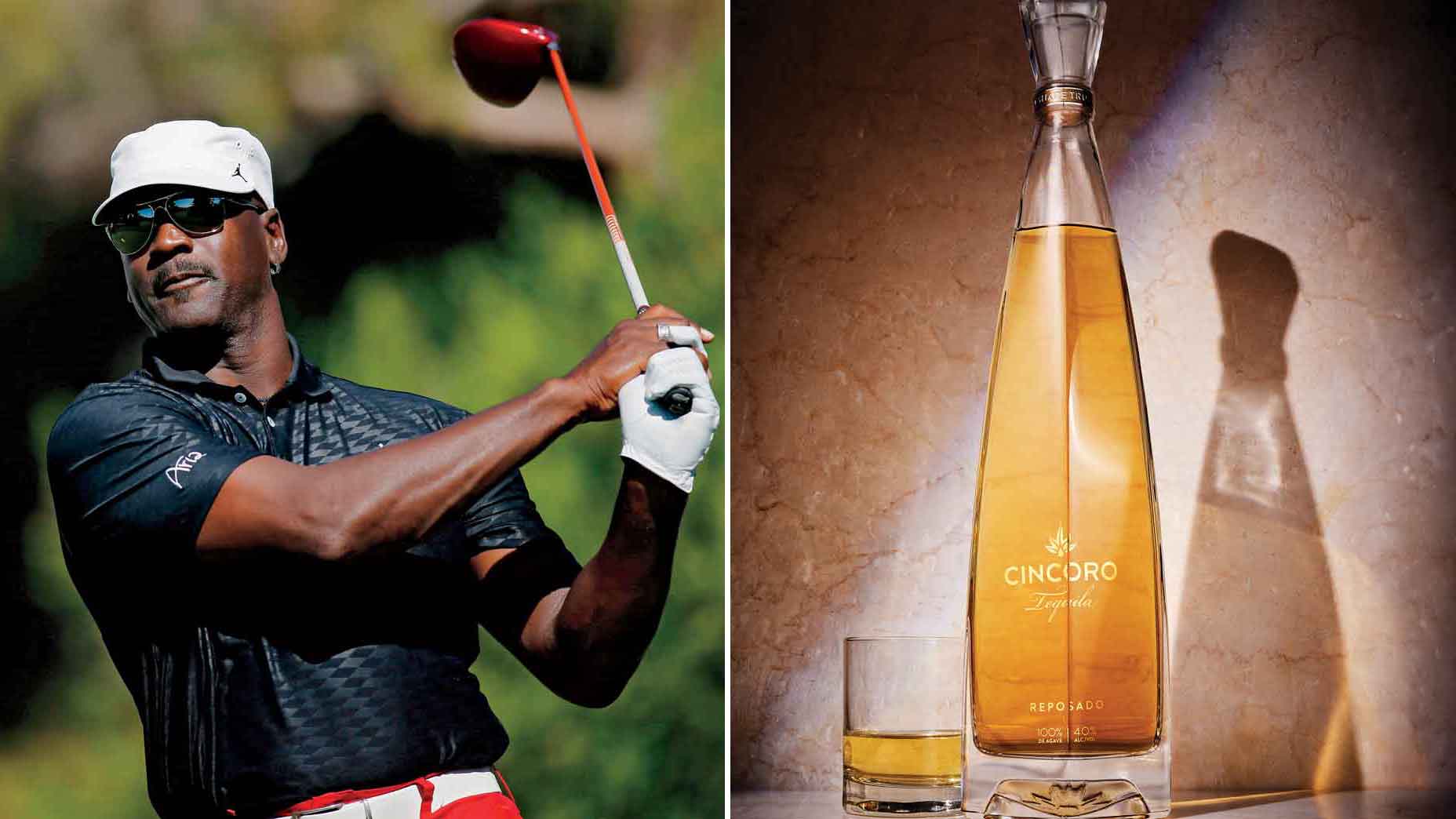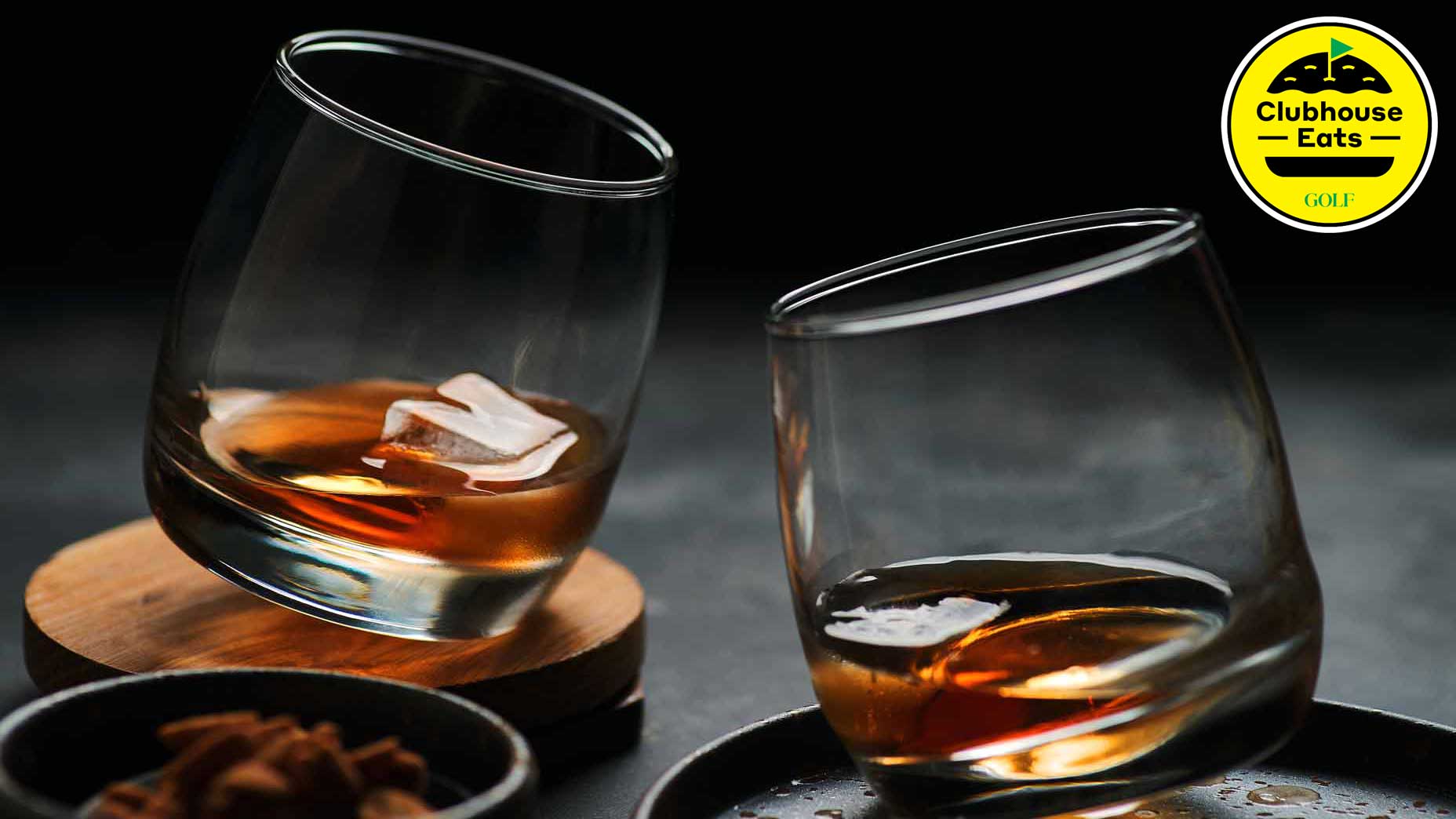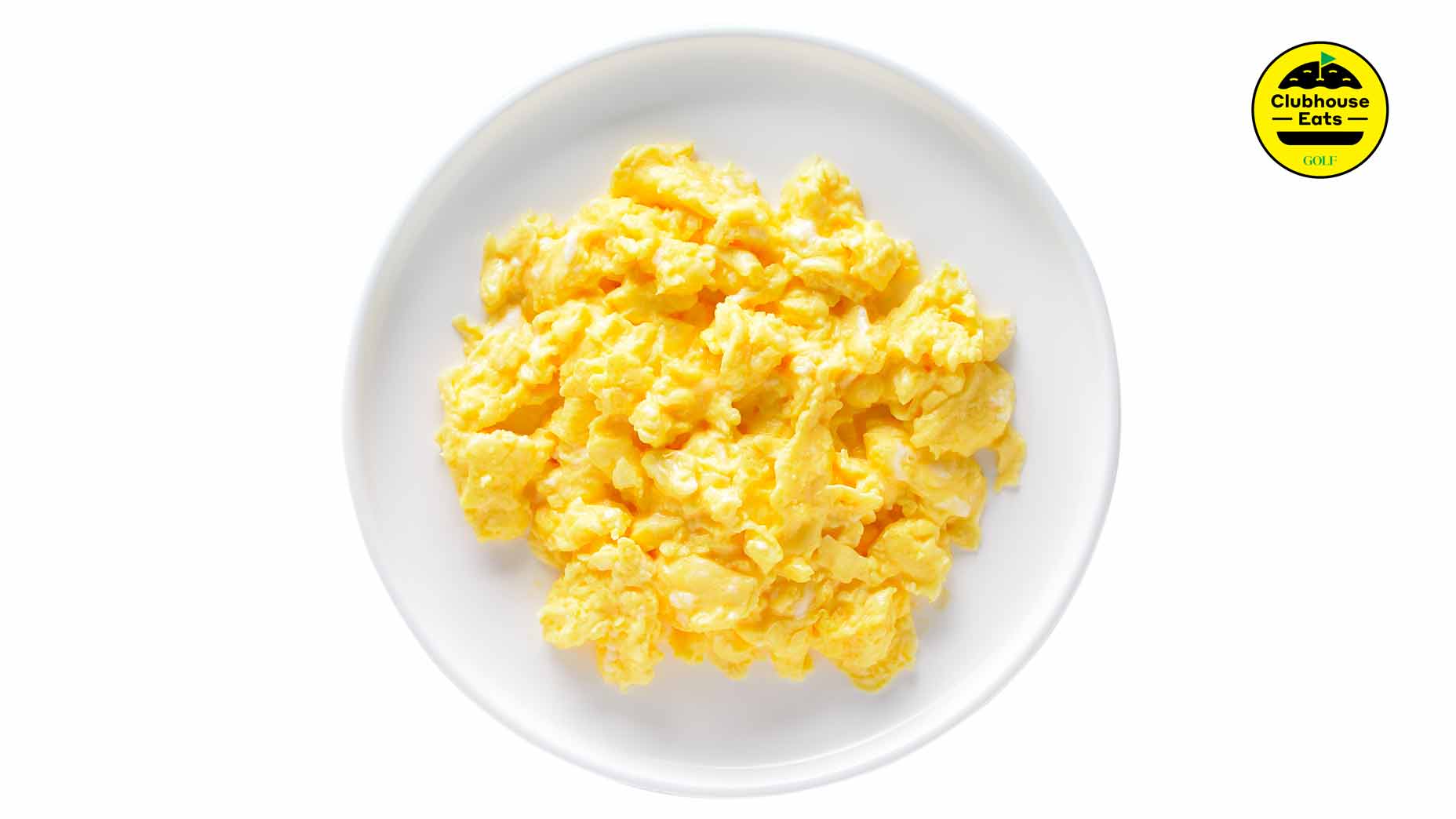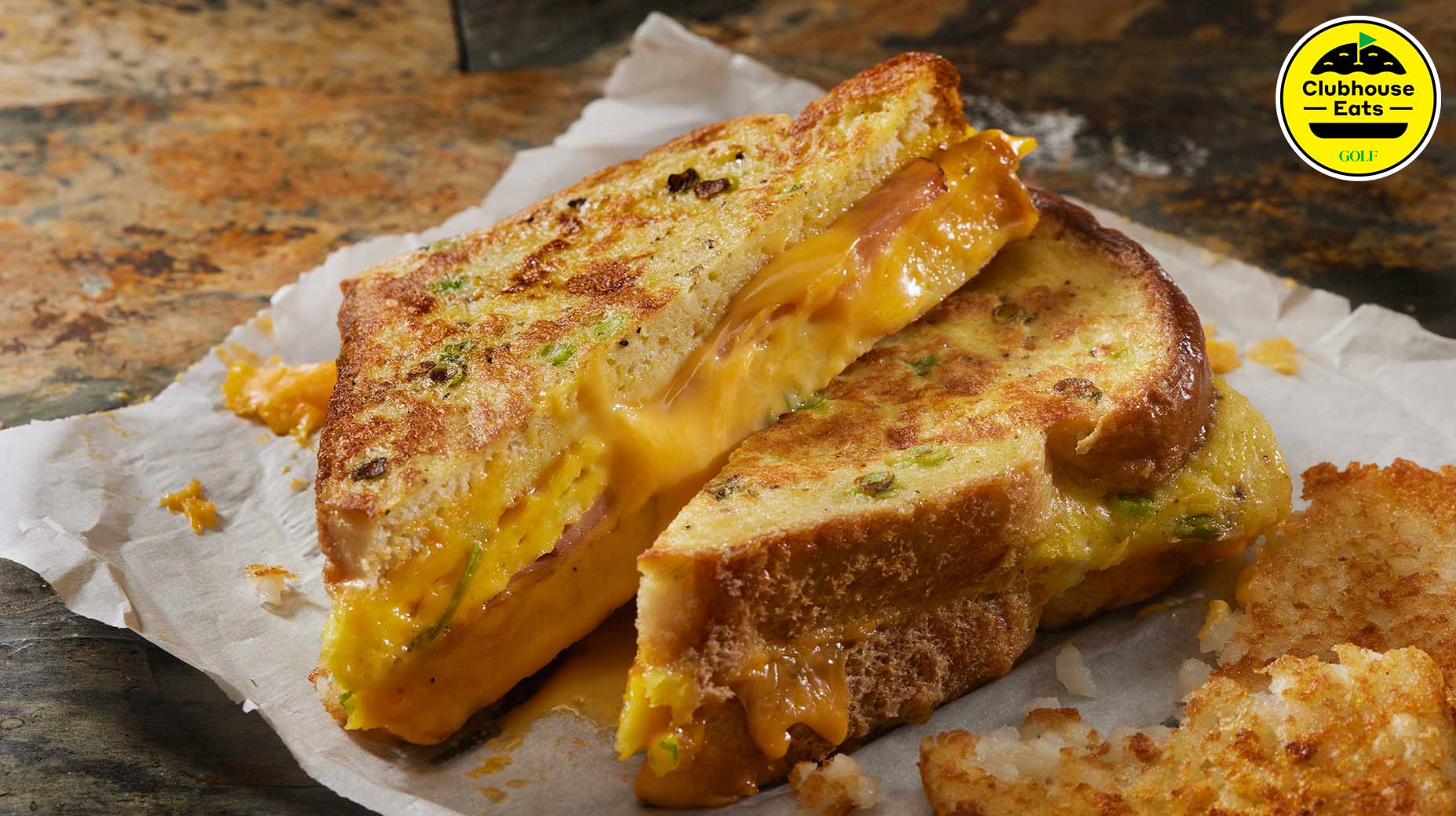How to make perfect baby back ribs, according to a golf club chef
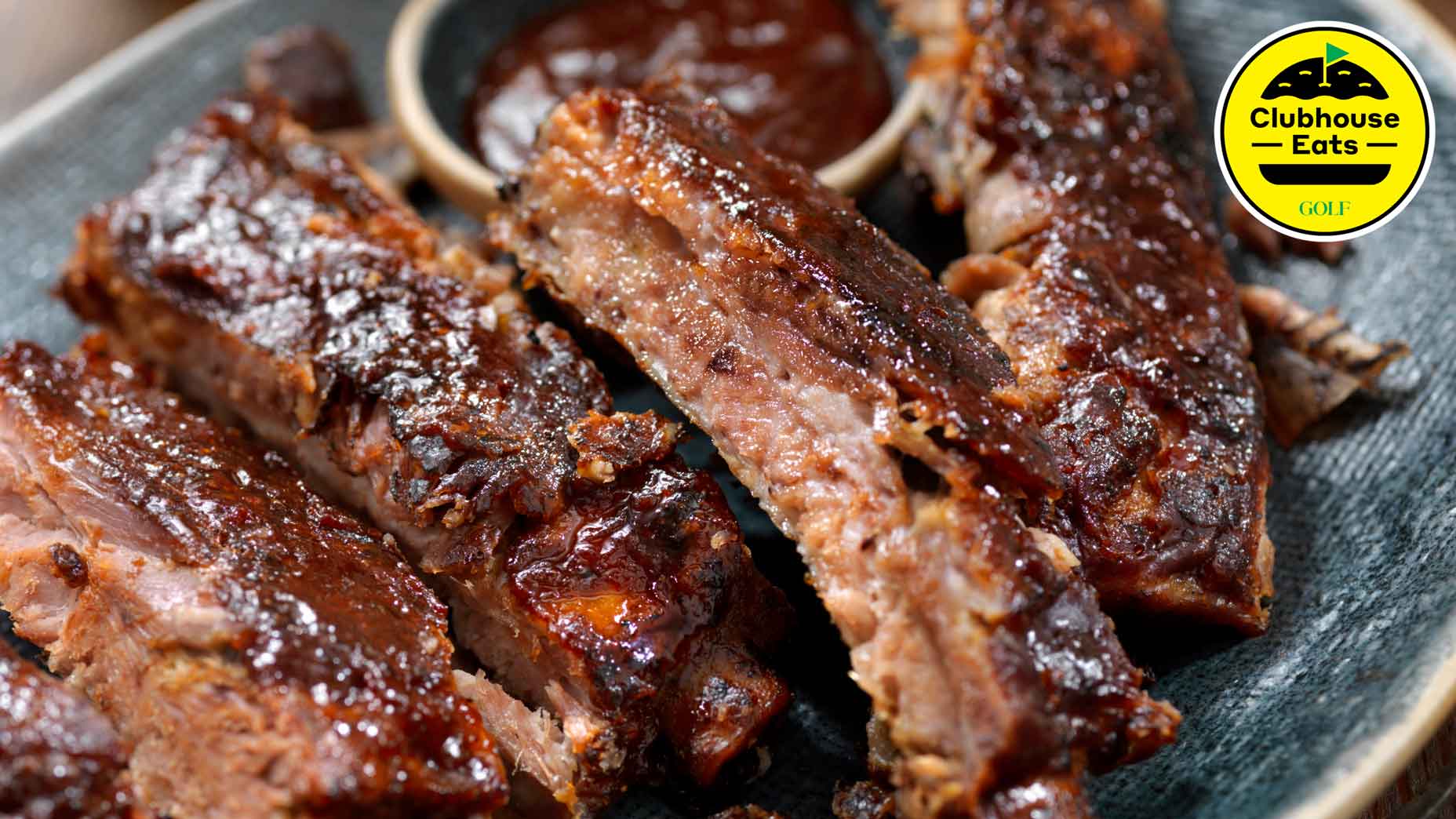
No matter how you make your baby back ribs, it helps to follow a few fundamentals.
Getty Images
Welcome to Clubhouse Eats, where we celebrate the game’s most delectable food and drink. Hope you brought your appetite.
***
Christine Hazel is executive chef at Nemacolin, an adventure resort in Lafayette, Penn., that is home to two Pete Dye-designed courses and a diverse array of first-rate dining options. We asked her to help us with our baby back rib game.
The right ribs
When shopping for ribs, Hazel takes a page from Goldilocks and looks for the sweet spot in the middle: not too fatty, not to lean. A great rack of ribs, she says, has a “mosaic of marbling,” reminiscent of how the veins or arteries look in a heart, with the marbling spread equally over the surface area.
Proper portioning
Some people can eat their bodyweight in ribs. But on average, Hazel says, a half-rack per person should suffice.
Pre-seasoning options
Hazel prefers a dry rub for ribs, ideally applied 24 hours before cooking (no less than 6 hours will do). She likes to make her own rubs because, well, she’s a chef, but also because she can control the salt content. A lot of store-bought rubs, she says, are heavily salted.
Though they’re not her first choice, Hazel says that wet marinades can work nicely, too, especially if you’re pinched for time, as the marinade helps break down tough meats, which allows for faster cooking. Just be careful not to over-marinate the ribs or their texture will turn mushy. Eight to 12 hours in the wet marinade is ideal, and no more than 24 hours.
Cooking styles, times and temps
Like a good backswing: low and slow. Hazel favors oven-braising at 300 degrees until the meat is meltingly tender (three to four hours, depending on the size of the ribs), followed by three hours in the smoker, which seals in the juices and creates a delectable crust
As with so much else in cooking, seasoning comes down to personal preference. Hazel favors bold flavors in both her dry rubs and her braising liquids. One of her favorite combos is a dry rub of Kosher salt, brown sugar, star anise, Chinese five spice, granulated garlic and Szechuan peppercorns, with a braising liquid of soy sauce, mirin, gochujang, honey and chicken stock. Another is a dry rub of Kosher salt, brown sugar, granulated garlic, ground dried thyme, black peppercorns, paprika, cayenne pepper and onion powder with a braising liquid of hard apple cider, chicken stock, Granny Smith apples (quartered), mirepoix (diced carrots, onions and celery), and thyme and rosemary sprigs.



